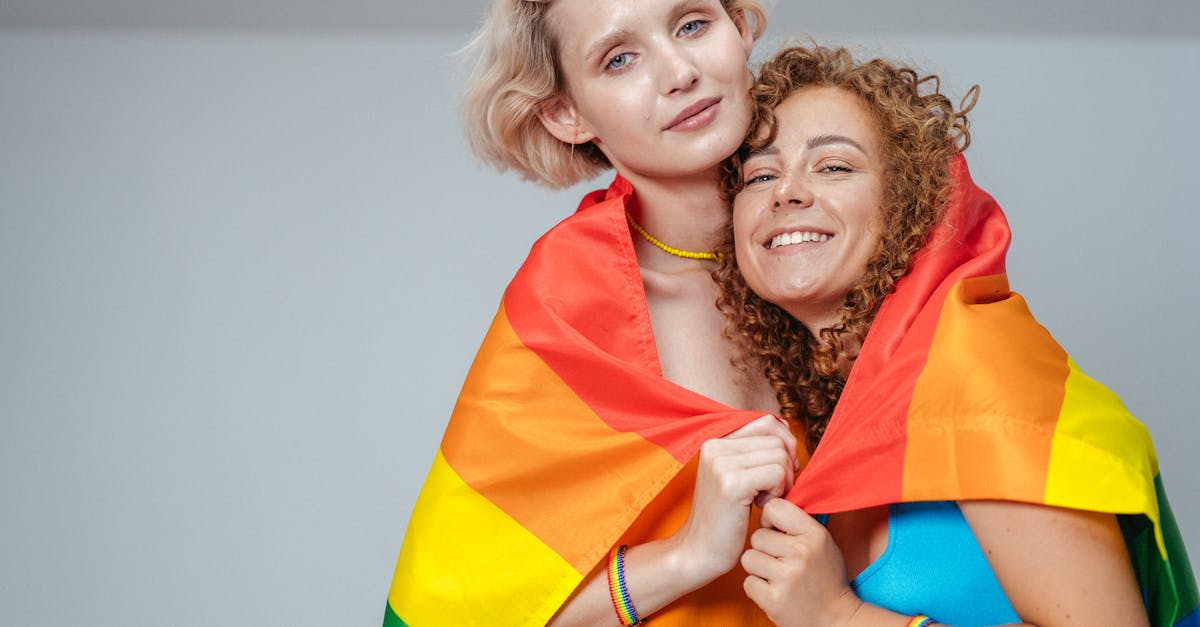
Introduction
In recent years, open relationships have transitioned from a taboo subject to a burgeoning aspect of modern relationships. As society progresses, different forms of relationships are being explored, understood, and practiced more widely. Open relationships, once relegated to whispers and judgements, are now the subject of open discourse. Empathy and understanding towards these relationships are growing, breaking down previously rigid societal constructs. This acceptance reflects a broader societal shift towards personal autonomy and authenticity in relationships. Open relationships invite exploration of love beyond traditional monogamous structures.
Understanding Open Relationships
Open relationships are those wherein the individuals involved agree to engage in romantic or sexual activities with other people. Unlike traditional monogamous relationships, the parameters of what is permissible are openly discussed and mutually agreed upon. These relationships focus on the importance of communication, trust, and honesty. Practitioners of open relationships emphasize their belief that love is not a finite resource. For many, it's about fulfilling different emotional and physical needs that one partner cannot provide alone. The dynamic offers an expanded perspective on love, questioning ingrained societal perceptions.
The Cultural Shift
Growing acceptance of open relationships can be attributed to wider socio-cultural shifts. Modern society places greater value on individuality and personal freedom than ever before. The erosion of traditional stigmas around topics like sexuality and non-conventional relationships shapes this acceptance. As people become more informed about diverse lifestyles, the urge to explore personal truths rises. Media representation and celebrity endorsements of open relationships challenge traditional relationship norms and contribute to enhanced legitimacy. This shift indicates a broader trend in society valuing diverse expressions of love and relationships.
Communication and Boundaries
A pivotal aspect of successful open relationships is the establishment of boundaries. Effective communication plays a crucial role in setting these boundaries to prevent misunderstandings and emotional distress. Open relationships need ongoing discussions about what is acceptable and how to manage feelings of jealousy or insecurity. Trust is built over time by maintaining transparency and addressing issues as they arise. Couples often seek guidance or counseling to navigate the complexities involved. This emphasis on communication reflects broader societal trends highlighting interpersonal skills and emotional intelligence.
The Role of Technology
Technology plays a significant role in the acceptance and facilitation of open relationships. Social media platforms and dating apps provide tools for meeting potential partners outside traditional social circles. Technology aids in managing relationship logistics through easier communication and the sharing of calendars or boundaries. The digital age has also brought ample resources and support communities for those interested in or practicing open relationships. Online forums offer advice and a platform to share experiences, helping to normalize these relationship structures. Technology thus serves as both a facilitator and a support system for open relationships.
Debunking Myths and Misconceptions
Despite growing acceptance, open relationships are often misunderstood. A prevalent myth is that they are predominantly about sexual freedom rather than love and connection. Critics may mistakenly view such relationships as promiscuous lifestyles. However, many involved in open relationships report deeper connections due to increased honesty and vulnerability. Another misconception is that open relationships are less committed than monogamous ones. Many in open relationships argue that their dynamics require more commitment to communication and mutual respect. Understanding these nuances helps challenge persistent stereotypes, fostering broader acceptance.
Ethical Non-Monogamy and Its Variants
Open relationships fall under the broader umbrella of ethical non-monogamy, which includes polyamory, swinging, and other forms of consensual non-monogamous relationships. Each variant has its focus, ranging from emotional connections to purely physical engagements. These distinctions help individuals find what suits their needs best, contributing to varied lifestyle choices. Understanding ethical non-monogamy requires respecting individual choices and recognizing the diverse forms of relationships. These forms emphasize mutual consent, ethical standards, and the dignity of all involved, demarcating them from other non-consensual forms of relationships.
Potential Challenges
Open relationships, like any relationship, face challenges. Issues such as jealousy, time management, and societal judgement often arise. It's essential for those in open relationships to constantly adapt and refine their understanding of relationships. Debriefing sessions, where couples discuss their experiences candidly, are often used to navigate such challenges. Relationship dynamics can change, requiring flexibility and patience. Despite these challenges, open relationships provide meaningful experiences for those who choose this path, reinforcing the importance of compatibility and continuous dialogue.
Implications on Society
The increasing acceptance of open relationships has broader implications on society, pushing towards deeper discussions of what relationships mean. Norms around marriages and partnerships are questioned, paving the way for diverse relationship structures. The conversation around open relationships invokes themes of autonomy, consent, and equality in relationships. It also encourages society to be more inclusive and respectful of individual relationship choices. This increased understanding can lead to stronger, healthier relationship dynamics across the board, regardless of the relationship type.
Conclusion
The acceptance of open relationships is a reflection of societal growth and the evolution of personal freedoms. As stigmas dissolve, individuals are increasingly free to explore relationships that fit their unique needs. With communication and trust as foundational pillars, these relationships showcase the infinite potential within love and human connection. The societal shift towards acceptance is pervasive, influencing conversations and long-standing norms. As we move forward, respect and understanding of relationship diversity will continue to forge stronger, more inclusive communities.